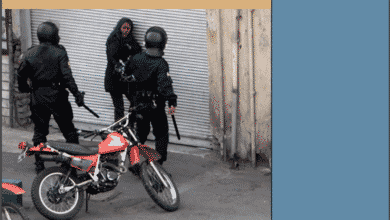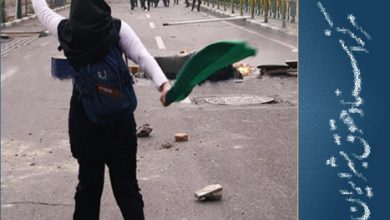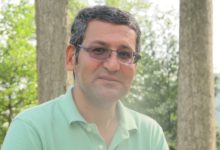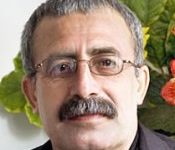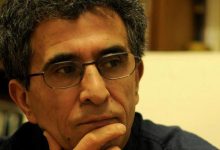Witness Statement: Farideh
Farideh, an opposition supporter, describes her experience in the post-election protests of Summer 2009.
Full Name: Farideh (pseudonym)
Date of Birth: 8 November 1981
Place of Birth: Tehran, Iran
Interviewing Organization: Iran Human Rights Documentation Center (IHRDC)
Date of Interview: April 18, 2010
Interviewer: IHRDC Staff
This statement was prepared pursuant to an in person interview with Farideh. The statement consists of 7 paragraphs and 3 pages. The interview was conducted on April 18, 2010. This statement was approved by Farideh on June 21, 2010.
Witness Statement
1. After our joint family decision, we – as a family – did our part by voting and encouraging others who were voting to at least not vote for Ahmadinejad. After the election things changed and when the Iranian people asked for their vote back, it was not an endorsement of Mousavi but rather a rejection of the current situation. I always say that when I am wearing green insignia it is not because of Mousavi. The color green no longer only belongs to Mousavi – it belongs to the Iranian people. Green is now a symbol of my protest. When I wear a green wristband or a green scarf, it is a sign of my civic protest.
2. Following the disputed election, my family and I took to the streets to protest what we believed was an unfair result. I attended all the demonstrations – it was important for me to show my disapproval of the election outcome. In these protests, not only was I injured, but I witnessed other protestors being severely injured by government forces.
3. I participated in the protests on June 20, 2009 – the day Neda [Agha-Soltan] was killed – and was injured. I was in the vicinity of Tohid Square in Tehran when government forces attacked the protestors with some type of gas. At first I thought it was tear gas, but I soon realized it was something different. By that point I had become used to the feel of tear gas due to repeated exposure in the protests. But this was different. Everyone around me collapsed to the ground. I myself suddenly felt dizzy and nauseous and my knees buckled right there on the street. People from the surrounding shops who witnessed the incident brought water and poured some on my head. I felt a little bit better. Somebody helped lay me down on a bus to take me home. I felt only halfconscious on the ride home. I remember that while I was on the bus, a woman in chador told my friend that I deserved to be in that state, and that the election was over. Her careless comment started an argument among the bus riders.
4. I later learned that the mysterious gas I had been sprayed with was phosphorous gas. After I was exposed to the gas, small blisters began appearing all over my body. When I went to my doctor, he examined the blisters and told me that the lesions were synonymous with exposure to phosphorous gas. Today, even after nine months have passed since the incident, the wounds are still visible on my body. I have since heard that government forces were using gases on protestors that did not cause immediate symptoms but caused incurable infections after a while.
5. The gas was not the only show of force I experienced or witnessed. In a protest on July 9, 2009 I saw riot police severely beat a 27 or 28 year old man under the Hafez Bridge, at the intersection of Hafez Street and Somayyeh Street [in Tehran]. The beating happened right before my eyes from about a ten meters distance. After the beating was over, the police threw the man in the back seat of their car. One of the riot police, who was wearing a camouflage uniform and carrying a baton and shield, yelled out to another and said “Haji, we’re done hunting here. We should go somewhere else.”
6. I was also attacked on the day of a demonstration in Tehran for the 40th day of mourning for those who were killed in the protests on June 20, 2009. I was traveling to the demonstration with two friends in my car when we got caught in a traffic jam and the riot police arrived. I was wearing a green wristband and the riot police spotted what was around my wrist and started yelling at me to take it off. Before I could react, three of the riot police started swinging their batons at my car. They broke the car windows and damaged the hood.
7. I was interrogated for my cultural activities. During the interrogations they asked about each and every one of my activities and those of my family members. The interrogators repeatedly questioned me about my affiliation with the One Million Signatures Campaign and my relations to friends who were social or political activists or journalists. This was while my activities with the campaign were very minimal and basically revolved around collecting signatures.

